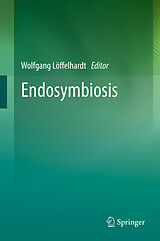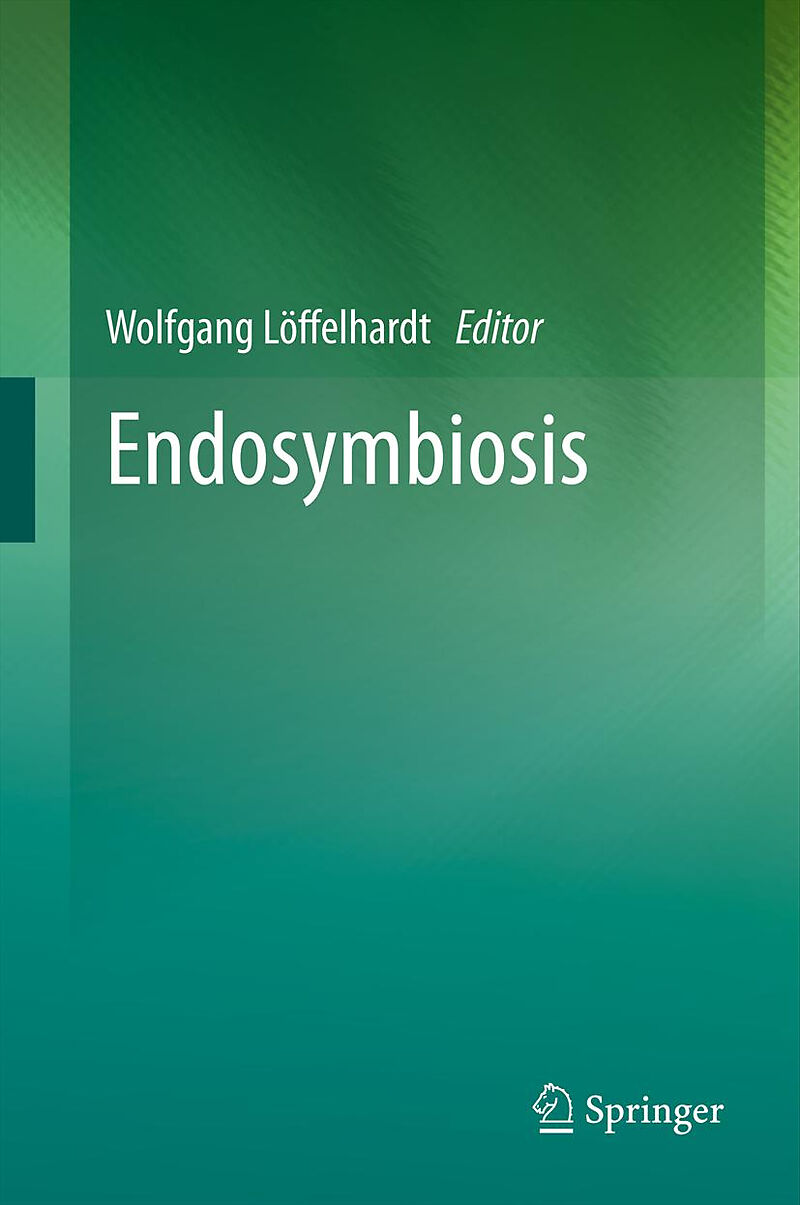Endosymbiosis
Einband:
Fester Einband
EAN:
9783709113028
Untertitel:
Englisch
Herausgeber:
Springer Vienna
Auflage:
2014
Anzahl Seiten:
344
Erscheinungsdatum:
04.12.2013
ISBN:
3709113024
This book offers a lucid account of the processes of endosymbiosis, plus the founding theories and existing controversies of the discipline. Depicts molecular mechanisms, gene transfer, metabolic symbiosis and mitochondrial and plastid protein import and more.
The origin of energy-conserving organelles, the mitochondria of all aerobic eukaryotes and the plastids of plants and algae, is commonly thought to be the result of endosymbiosis, where a primitive eukaryote engulfed a respiring -proteobacterium or a phototrophic cyanobacterium, respectively. While present-day heterotrophic protists can serve as a model for the host in plastid endosymbiosis, the situation is more difficult with regard to (the preceding) mitochondrial origin: Two chapters describe these processes and theories and inherent controversies. However, the emphasis is placed on the evolution of phototrophic eukaryotes: Here, intermediate stages can be studied and the enormous diversity of algal species can be explained by multiple secondary and tertiary (eukaryote-eukaryote) endosymbioses superimposed to the single primary endosymbiotic event. Steps crucial for the establishment of a stable, mutualistic relationship between host and endosymbiont, as metabolic symbiosis, recruitment of suitable metabolite transporters, massive gene transfer to the nucleus, development of specific translocases for the re-import of endosymbiont proteins, etc. are discussed in individual chapters. Experts, dealing with biochemical, genetic and bioinformatic approaches provide insight into the state of the art of one of the central themes of biology. The book is written for graduate students, postdocs and scientists working in evolutionary biology, phycology, and phylogenetics.
Comprehensively describes the origin of eukaryotes with a focus on phototrophs Has an interdisciplinary approach Is written by experts in the fields coming from different backgrounds Clearly depicts the mechanism of primary, secondary and tertiary endosymbiosis Includes supplementary material: sn.pub/extras
Autorentext
Born in Vienna, Wolfgang Löffelhardt studied chemistry at the University of Vienna finalized 1972 with a thesis on the biosynthesis of secondary plant compounds. During a post-doctoral fellowship at the University of Marburg/FRG he worked on aromatic metabolism in chloroplasts and - for comparative purposes - in cyanobacteria. This prompted his interest in the endosymbiotic evolution of plastids. Back in Vienna, he became lecturer and then associate professor at the Insitute of Biochemisty and Cell Biology which is now part of the Max F. Perutz Laboratories. In 1978 he found his favorite organism, Cyanophora paradoxa, which he has studied ever since, largely in collaboration with Hans J. Bohnert (Düsseldorf/FRG, Tucson/AZ, and Urbana/IL). The peculiar plastids of this alga are surrounded by an unique peptidoglycan wall, a convincing proof of the endosymbiont theory. After his retirement in October 2008 he joined the Cyanophora Genome Sequencing Project headed by Debashish Bhattacharya (New Brunswick/NJ). The recently completed genome corroborated the concept of a single primary endosymbiotic event, i.e., the monophyly of the kingdom "Plantae".
Inhalt
The heterotrophic eukaryotes.- Autotrophy as the driving force for endosymbiosis: Primary endosymbiosis.- Recent primary endosymbioses.- Autotrophy as the driving force for endosymbiosis: Secondary and tertiary endosymbioses.

Leider konnten wir für diesen Artikel keine Preise ermitteln ...
billigbuch.ch sucht jetzt für Sie die besten Angebote ...
Die aktuellen Verkaufspreise von 6 Onlineshops werden in Realtime abgefragt.
Sie können das gewünschte Produkt anschliessend direkt beim Anbieter Ihrer Wahl bestellen.
Loading...
Die aktuellen Verkaufspreise von 6 Onlineshops werden in Realtime abgefragt.
Sie können das gewünschte Produkt anschliessend direkt beim Anbieter Ihrer Wahl bestellen.
| # | Onlineshop | Preis CHF | Versand CHF | Total CHF | ||
|---|---|---|---|---|---|---|
| 1 | Seller | 0.00 | 0.00 | 0.00 |
